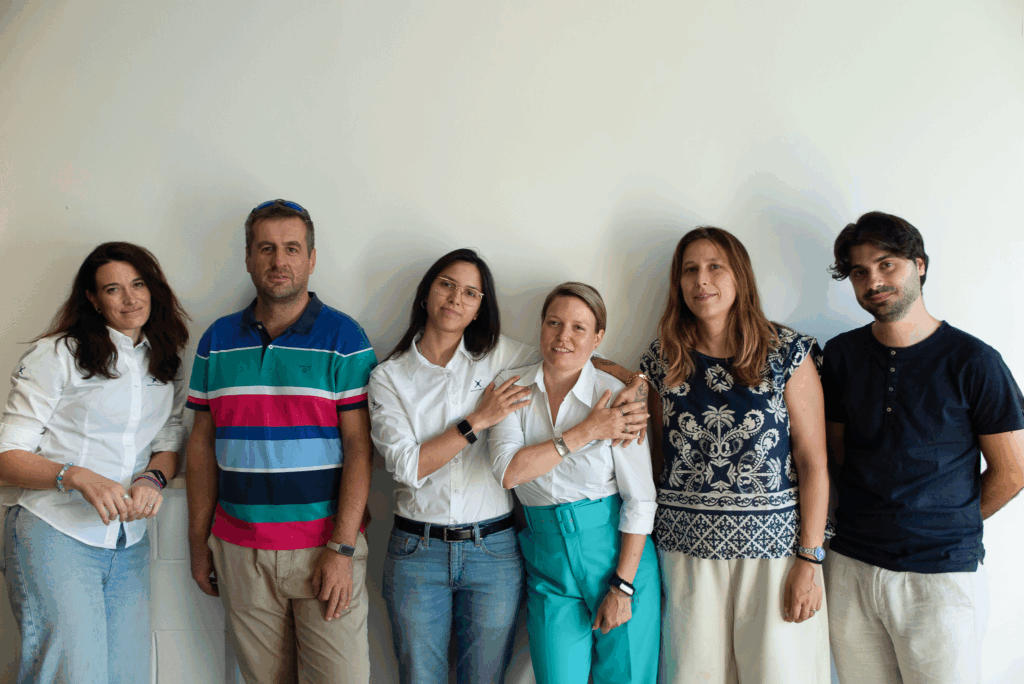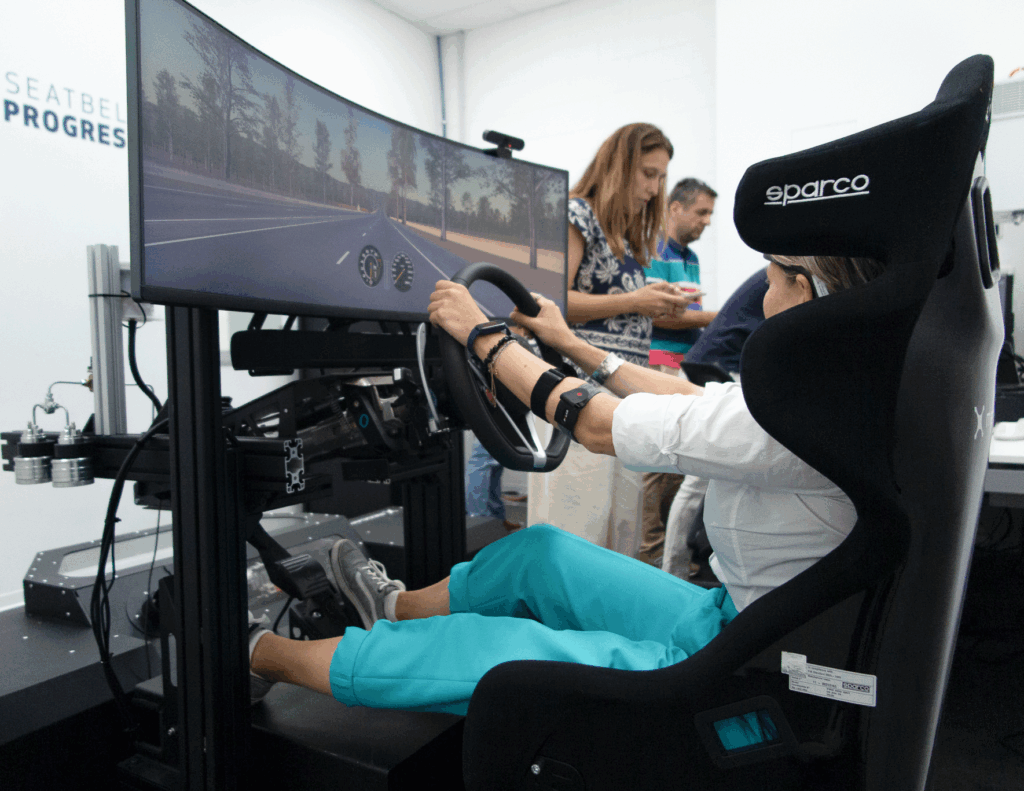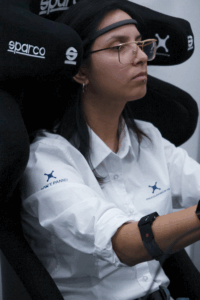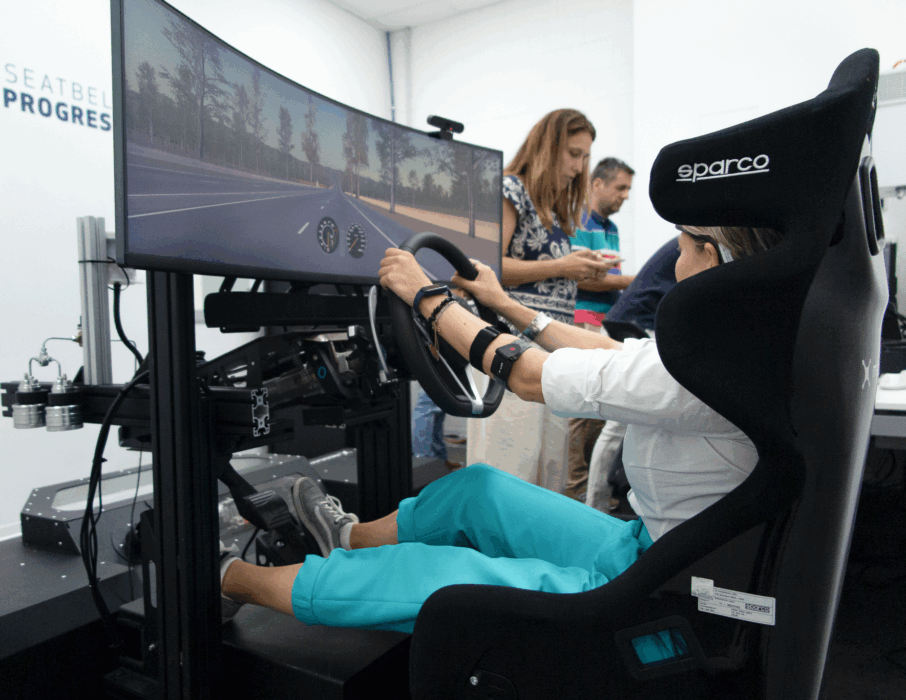Using HiL to detect mental fatigue: a step forward in FDM4SAFETY project
Following the introduction to the Fatigue Detection and Monitoring for Safety (FDM4SAFETY) initiative, this article provides an update on the latest testing session and technical progress within the project.
Project overview
The FDM4SAFETY project brings together Meccanica 42, Scuola IMT Alti Studi Lucca, Formula Medicine, and Cantiere Navale Arno to develop an innovative system for real-time detection of mental fatigue, with applications in both the automotive and industrial sectors.
The solution under development is designed to integrate data from wearable and onboard sensors, along with vehicle parameters, in order to monitor fatigue through validated physiological and behavioral markers.
Fatigue testing with HiL technologies
A joint testing session hosted at Meccanica 42’s headquarters involved Giacomo Handjaras, Monica Betta, and Marco Fioretti from Scuola IMT Alti Studi Lucca, with Valentina Biliotti and Melissa Tavilla from Meccanica 42 participating as test drivers.
Using a Hardware-in-the-Loop (HiL) simulation environment combined with wearable biosensors, the session aimed to study how mental fatigue influences attention and decision-making in a controlled and repeatable setting.
The test setup featured a virtual vehicle model interfaced with the same sensor architecture previously deployed during the Seaside event.

The fatigue assessment protocol, developed by Scuola IMT Alti Studi Lucca, was specifically designed to induce and quantify mental fatigue through a structured combination of psychological measures and physiological monitoring.
During the core phase, participants completed a 30-minute simulated highway drive incorporating both repetitive tasks and unexpected events, an effective setup for generating cognitive strain.
Neural and cardiac activity were continuously recorded using EEG and ECG wearable sensors. This multi-modal approach enabled a detailed analysis of how fatigue develops and how it affects driver responsiveness over time.



Implications for the project
This testing session marks a significant milestone for FDM4SAFETY, contributing to both algorithm development and system-level integration. Meccanica 42 identified key areas for improving the system architecture, in order to ensure reliable acquisition and synchronization of all sensor data required by the algorithm.
The next phase will move the setup into a broader validation phase, assessing system performance in more complex and operational environments.
HiL simulation has proven to be a critical enabler in this development stage, offering the precision, safety, and repeatability required to design scalable fatigue detection systems. Insights from this phase will support future deployments across the automotive and shipbuilding sectors, with further applications in occupational safety and fatigue prevention strategies.
If you missed Meccanica 42’s earlier article outlining the project’s objectives, partner network, and broader context, you can find it here.
For more information about our innovative solutions and how they can streamline your vehicle’s functions development, please contact us.
Don’t forget to follow us on LinkedIn, Instagram, and to subscribe to our newsletter to stay in the loop!
